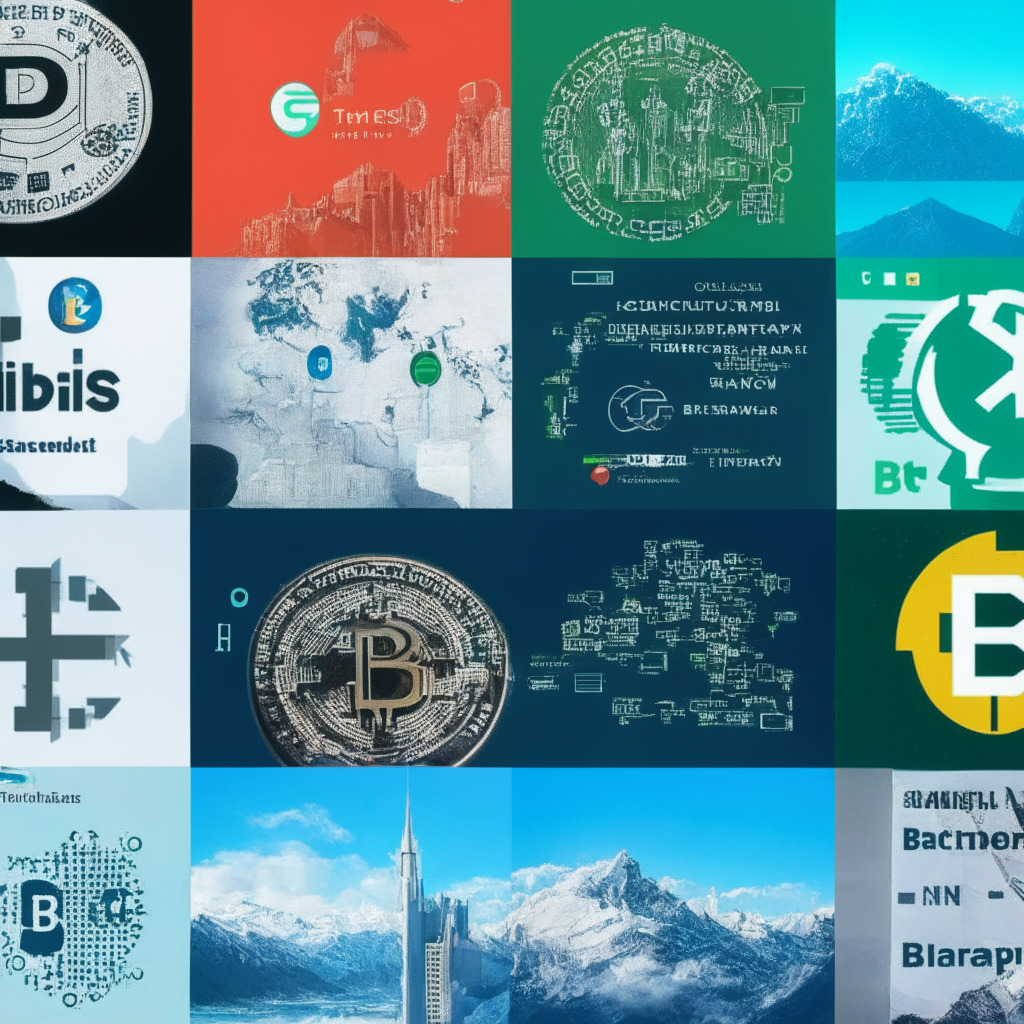The promise and potential of blockchain technology undoubtedly are the topic on many individuals’ minds. The decentralized approach of this peer-to-peer network has offered solutions to the hurdles that traditional banking systems face. However, while blockchain technology paints a formidable picture of the future, we must be critical of its implications in our society to fully appreciate its potential.
One of the key advantages of blockchain technology is its decentralization. This stems from a reaction to the monopoly held by established financial structures, such as banks, where power is split among a select few. Peer-to-peer transactions in blockchain eliminate intermediaries, therefore, minimizing occurrences of fraud and lowering transaction costs. For instance, the popularity of the BTC has grown mainly due to its decentralized nature that provides users full control over their money.
Blockchain’s influence goes beyond financial transactions; it impacts online security as well. Utilization of advanced algorithms ensures authenticity and privacy, tackling issues related to cyber attacks in the increasingly digital world.
Nonetheless, the future of blockchain is not without its shadows. For instance, the anonymity that blockchain technology provides can be an unsettling factor. While privacy is generally perceived as an advantage, the anonymous nature of blockchain also poses a risk of being exploited by malicious actors for illegal activities.
Additionally, the market is highly unpredictable. Infamous market crashes like the bitcoin crash in 2018, where bitcoin fell more than 80 percent within a year, highlight the volatility of such markets. This volatility coupled with lack of regulation makes the blockchain market a tough arena even for the experienced players.
Another aspect that is of concern is energy consumption. With an increase in blockchain transactions, the need for computational power also increases. The process of mining for cryptocurrencies is notorious for its energy consumption; even more so than some countries. This raises sustainability questions about the future of blockchain, especially given the current global environmental crisis.
The complex nature of blockchain, despite its potential advantages, can be an impediment to mass adoption. The learning curve can be steep for users, and blockchain’s technological jargon does not help either.
So, what’s the main takeaway? The potential of blockchain is considerable, shifting the power back to the common people in their financial transactions and online security. However, its volatile marketplace, substantial energy consumption, and the steep learning curve cannot be ignored. The balance between these opposing realities continues to mould the course of blockchain’s future. In the meantime, enthusiasts and spectators alike look forward to what this pioneering technology brings to the table.
Source: Cryptonews




